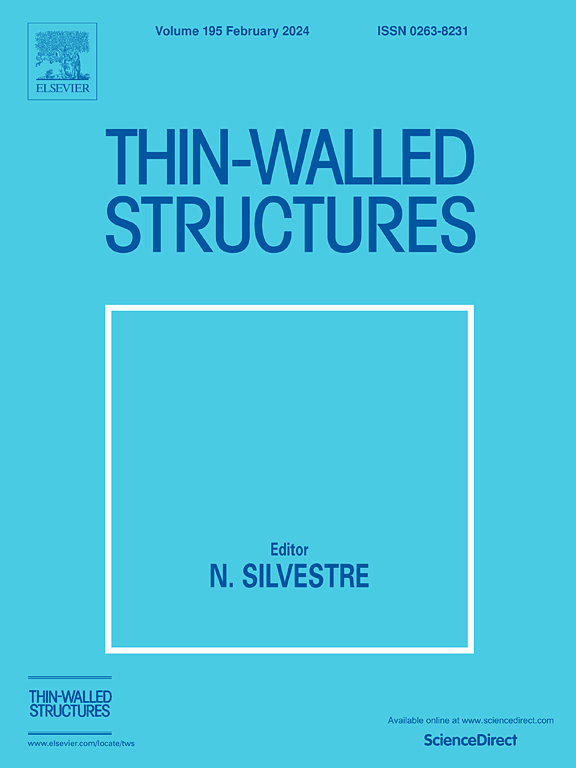IF 5.7
1区 工程技术
Q1 ENGINEERING, CIVIL
引用次数: 0
摘要
低碳材料的使用是实现建筑行业去碳化的关键,但其创新潜力仍相对有待开发。欧盟的 InCSEB 研究项目旨在开发五种超低碳钢建筑围护系统和夹芯板,用于覆层和屋顶应用。这些外墙系统和夹芯板创新性地使用了木纤维(一种可再生的生物绝缘材料),同时实现了高水平的机械和功能性能,并确保符合可持续发展标准等其他要求。本文概述了为评估和验证拟议的创新型隔热夹芯板和外墙系统的功能和机械性能而开展的实验研究的结果,目的是在项目结束时达到 TRL 7 的技术就绪水平。实验研究显示,结果很有希望,满足了市场对机械、抗震、热、环境和监管要求的期望。本文章由计算机程序翻译,如有差异,请以英文原文为准。
Experimental characterization of the mechanical and functional performance of innovative ultra-low carbon sandwich panels and envelope systems for buildings
The use of low-carbon materials is key for decarbonizing the construction sector, but their innovation potential is still relatively unexplored. The EU research project InCSEB aimed at the development of five ultra-low carbon steel building envelope systems and sandwich panels for cladding and roofing applications. These façade systems and sandwich panels incorporate the innovative use of wood fiber, a renewable and bio-sourced insulation material, while achieving a high level of mechanical and functional performances and ensuring compliance with other requirements such as sustainability criteria. This paper provides an overview of the results of the experimental study that has been carried out to assess and validate the functional and mechanical performances of the proposed innovative insulation sandwich panels and façade systems, aiming to achieve a technology readiness level of TRL 7 by the end of the project. The experimental study shows very promising results, fulfilling market expectations regarding mechanical, seismic, thermal, environmental, and regulatory requirements.
求助全文
通过发布文献求助,成功后即可免费获取论文全文。
去求助
来源期刊

Thin-Walled Structures
工程技术-工程:土木
CiteScore
9.60
自引率
20.30%
发文量
801
审稿时长
66 days
期刊介绍:
Thin-walled structures comprises an important and growing proportion of engineering construction with areas of application becoming increasingly diverse, ranging from aircraft, bridges, ships and oil rigs to storage vessels, industrial buildings and warehouses.
Many factors, including cost and weight economy, new materials and processes and the growth of powerful methods of analysis have contributed to this growth, and led to the need for a journal which concentrates specifically on structures in which problems arise due to the thinness of the walls. This field includes cold– formed sections, plate and shell structures, reinforced plastics structures and aluminium structures, and is of importance in many branches of engineering.
The primary criterion for consideration of papers in Thin–Walled Structures is that they must be concerned with thin–walled structures or the basic problems inherent in thin–walled structures. Provided this criterion is satisfied no restriction is placed on the type of construction, material or field of application. Papers on theory, experiment, design, etc., are published and it is expected that many papers will contain aspects of all three.
 求助内容:
求助内容: 应助结果提醒方式:
应助结果提醒方式:


